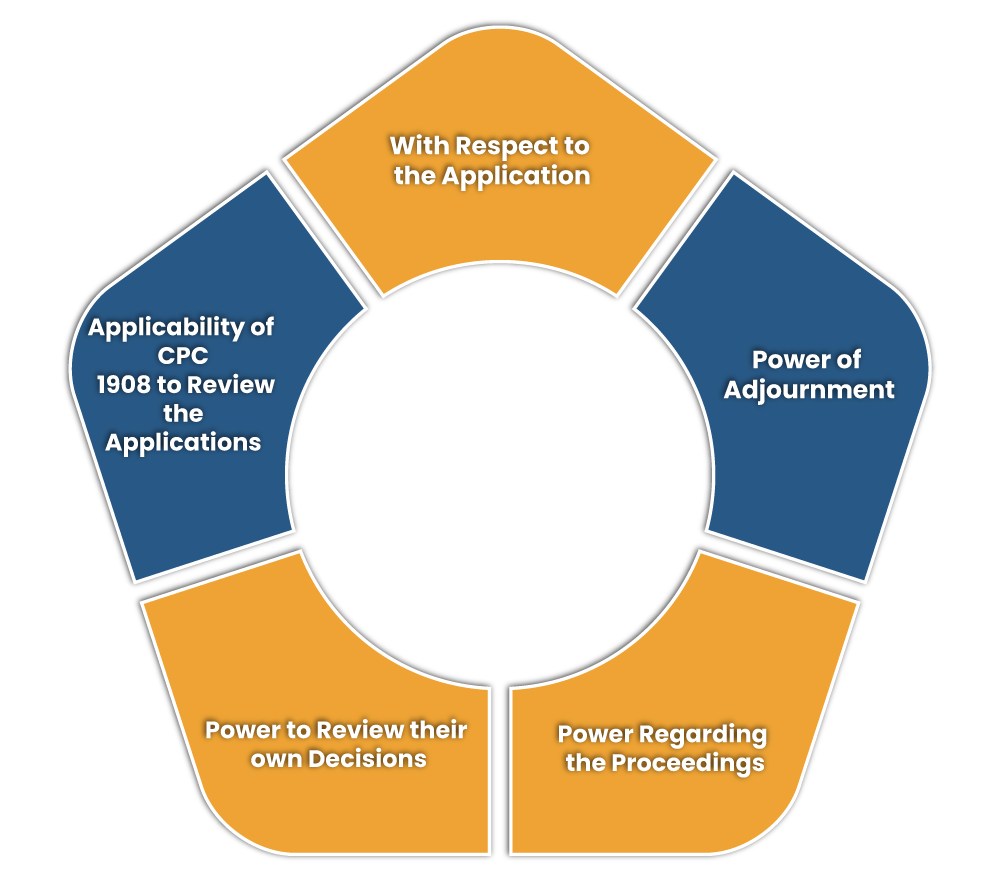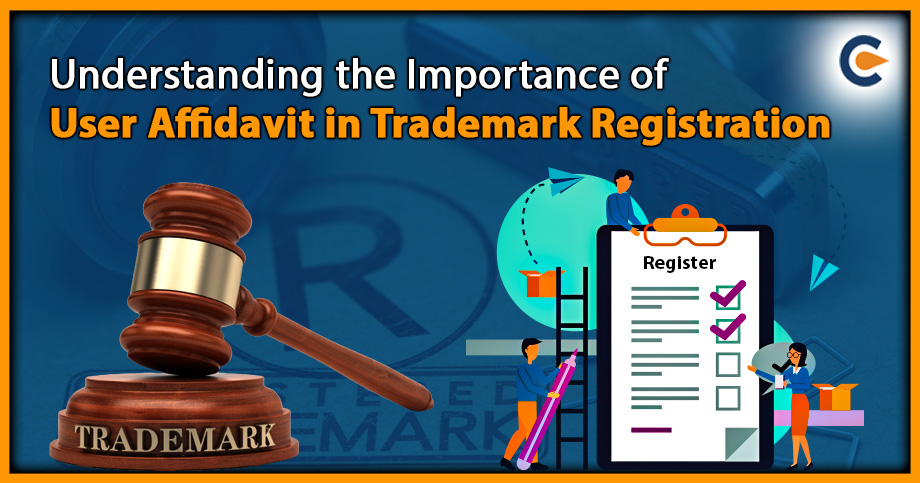Trademark means a mark that is capable of being represented graphically and which can be distinguished from the goods and services of one person from those of another person. A mark can be conventional or unconventional and can include shape of goods, their packaging and combination of colours etc. In this article, we are going to discuss the role, powers and functions of a Registrar of Trademark.
The original creator of the mark can get their Trademark Registration under the Trademarks Act, 1999 and gain the title of the ownership of the trademark.
Who is a Registrar of Trademark?
As per the Section 3 of the Trademark Act, 1999, the Central government appoints a person who is called the Controller-General of Patents, Design and Trademarks and act as the registrar of trademark for the purposes provided under the Trademark Act, 1999. He is appointed under section 3 of the 1999 act.
The Central Government also appoints other officers under the designation, which they find fit to discharge their functions under the direction and supervision of the registrar. The same officers are deemed to perform the functions that has been allotted to them by the registrar from time to time.
Powers and Functions of Registrar of Trademark
The Registrar who is also called the controller-General of patents, design and trademarks possess the following powers and performs below mentioned functions:


With Respect to the Application
- A registrar has the duty to register appeals, petitions and applications;
- The applications for amendment of appeal, or subsequent proceedings, or the petition or application is received by the appointed registrar.
- A registrar is under the authority to receive applications for new summons or notices and the associated services.
- He has the authority to transfer an order to the civil court as directed by Tribunal.
- The short date summons and notices are also required to be received by the registrar.
- Under section 4 of the Trademark Act, 1999, a registrar in writing can withdraw or transfer any pending matter before him to another officer, and it is his discretion to decide if the subject is to be dealt either de-novo or, from the stage from which it was withdrawn or transferred.
- He receives applications that concern the orders regarding the admission, inspection and verification of documents.
Power of Adjournment
All the subject matters are presented before the concerned bench in the court. However, under certain circumstances, if required and directed by the tribunal, the Registrar can adjourn any matter at any time and can present it before the Tribunal.
Powers Regarding the Proceedings
- The registrar confers the inherent powers of a civil court.
- He can call for evidence, can administer oath for the purposes, enforce the attendance of witnesses, enforce and ask for the documents.
- Can conduct the examination of witnesses;
- He has the implement orders that he finds reasonable, and subjected to provisions mentioned under section 157.
- A registrar holds the powers to review his own decision on an application that has been put up on his behalf.
- Certain discretionary powers are also vested in the hands of a registrar regarding the matters. However, section 128 puts forward a condition saying that, if an opportunity of being heard has not been provided to the registrar, then he cannot exercise such power adversely against a person concerned.
- The registrar may depend upon the facts that vests with him in his common or general knowledge. He may take judicial notice of the use and reputation of any trademark, even though Intellectual Property Appellate Board has asserted that the reputation and use are required to be proved.
Power to Review their Own Decisions
The registrar
cannot rewrite his judgement under the light of review.
The power to review a decision is differentiated from an appeal, and review and
appeal are two very different things. An application proposing the review of
the decision is applied under Section 127 and Form no. 57 is to be filled for
the same.
The statement consisting the grounds on which the decision is requested to be reviewed must be attached along with the application. The application must be filed within one month from the date on which the decision has been made. Rule 105 makes this time limit non-extendable.
We must bring it to your notice that only the decisions that include an order or a concluded option can be requested to be reviewed. A procedural order, or grant or rejection of a request for extension of time does not qualify as a decision and hence, cannot be reviewed.
Applicability of CPC 1908 to Review the Applications
The registrar appointed under the section 3 of the Trademark Act, 1999[1] is subjected to govern as per the provisions of 1999 act and Trade Mark rules, 2002. The rules of CPC are not applicable as such, except in the failure of presence of any explicit provisions in the act or rules. In absence of such provisions, the registrar follows the provisions given under section 145 of the CPC and order 47 rule 1, which limits the review to the following classes of cases:
- The cases in which a new or important matter or a relevant evidence has been discovered.
- The cases in which there is a folly or an error apparent on the face of the record
- Or in the any other case, where there are sufficient grounds to implement Civil Procedure Code.
Conclusion
Huge powers are vested in the hands of a registrar of trademark, such powers are with respect to the application, to allow the application of CPC 1908 to review, the power to review his own decisions, power of adjourning the subject matter, power regarding the proceedings of the subject matter. A registrar plays an essential role in the smooth functioning of the registry of the trade mark. Contact our professionals at Corpbiz to know more about process related to Trademark.
Read our article: Shedding Light on the Provisions Related to Unconventional Trademark











